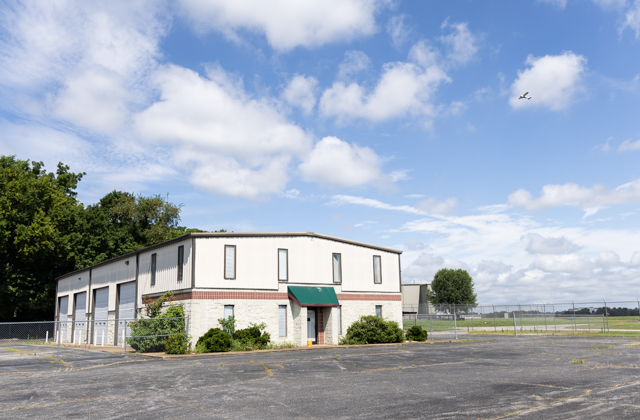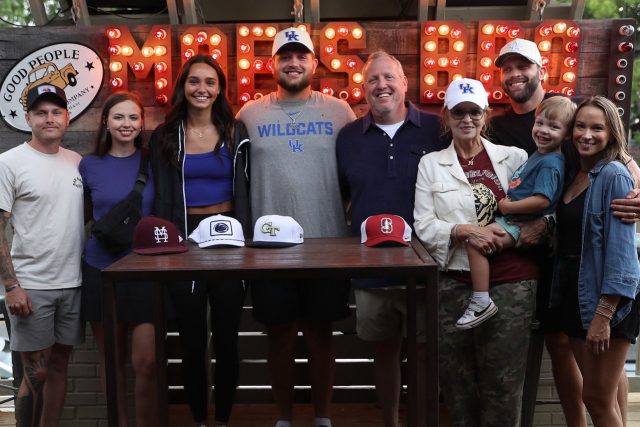Becoming the odd one out can teach important lesson
Published 1:00 am Sunday, September 4, 2016

- Lisa Earle McLeod
I was the only white person in the classroom, and I didn’t know how to do the hula. It was embarrassing.
Have you ever been the only person of your race or gender in a classroom or meeting? If so, you know what it’s like to be the odd one out.
Trending
My first experience with being different was in third grade when I spent a month attending Hana School, a three-room school on the remote side of the island of Maui. It was 1972, Hawaii was a state, but much of it was still very Hawaiian, especially Hana.
The white people lived primarily in Honolulu. About the time Barack Obama was the only black kid in the elite Punahou School in Honolulu, my brother and I were the only white kids at the Hana School.
We weren’t just white, we were chalk white – two pasty-face kids with blonde hair in a class full of native Hawaiians. We were also the only children who wore shoes and who didn’t know how to do the hula, or surf. Oddities, for sure.
Back in the 1970s – a lax time when seat belts were optional and children played unsupervised – schools weren’t as strict about attendance. My mother took us out of school for a month to go to Hawaii. We were a middle-class family, but we had relatives who had a vacation home in Hana. My mother was a schoolteacher, and she had taken the year off because she’d had a baby.
We saved up for the plane tickets, flew to Hawaii and made the trek out to Hana. For the first time in my life, I was the different one.
One of my most vivid memories is sitting on the toilet in the girl’s restroom and looking up to see a Hawaiian girl peeking over the stall wall, hanging on for dear life at the top of the wall and looking down at me with a curious smile on her face. I wonder if she thought I might have a long blonde tail under my shorts.
Trending
But the curiosity wasn’t mean, and the children were as friendly as they could be. When we went to the beach to do the hula, a daily practice that was much more challenging than the games I was used to, no one made fun of me. Several children stood right beside me, helping me learn. They all wanted to sit by me at lunch.
At age 8, I remember two things:
•First: When you’re the different one, every ritual or system you don’t know is a potential landmine of embarrassment and alienation.
•Second: You never forget people who are kind to you. The people who show you the ropes with no judgment are like angels and a lifeline to feeling normal.
If you’ve never been the only person of your race or gender in a situation, try it. You’ll quickly realize how many unspoken rules and mores exist in every group. Imagine walking into an alien world where unspoken rituals, communication styles and work habits are widely understood by everyone but you. Now imagine everyone staring at you, wondering if you’ll fit in and judging everything you do by their secret template.
Now imagine someone reaches out to you and says, “Stand by me. I’ll be your friend. I’ll teach you the hula.”
— Lisa Earle McLeod is a leadership consultant and the author of several books. For more information, visit www.LisaEarleMcLeod.com.






